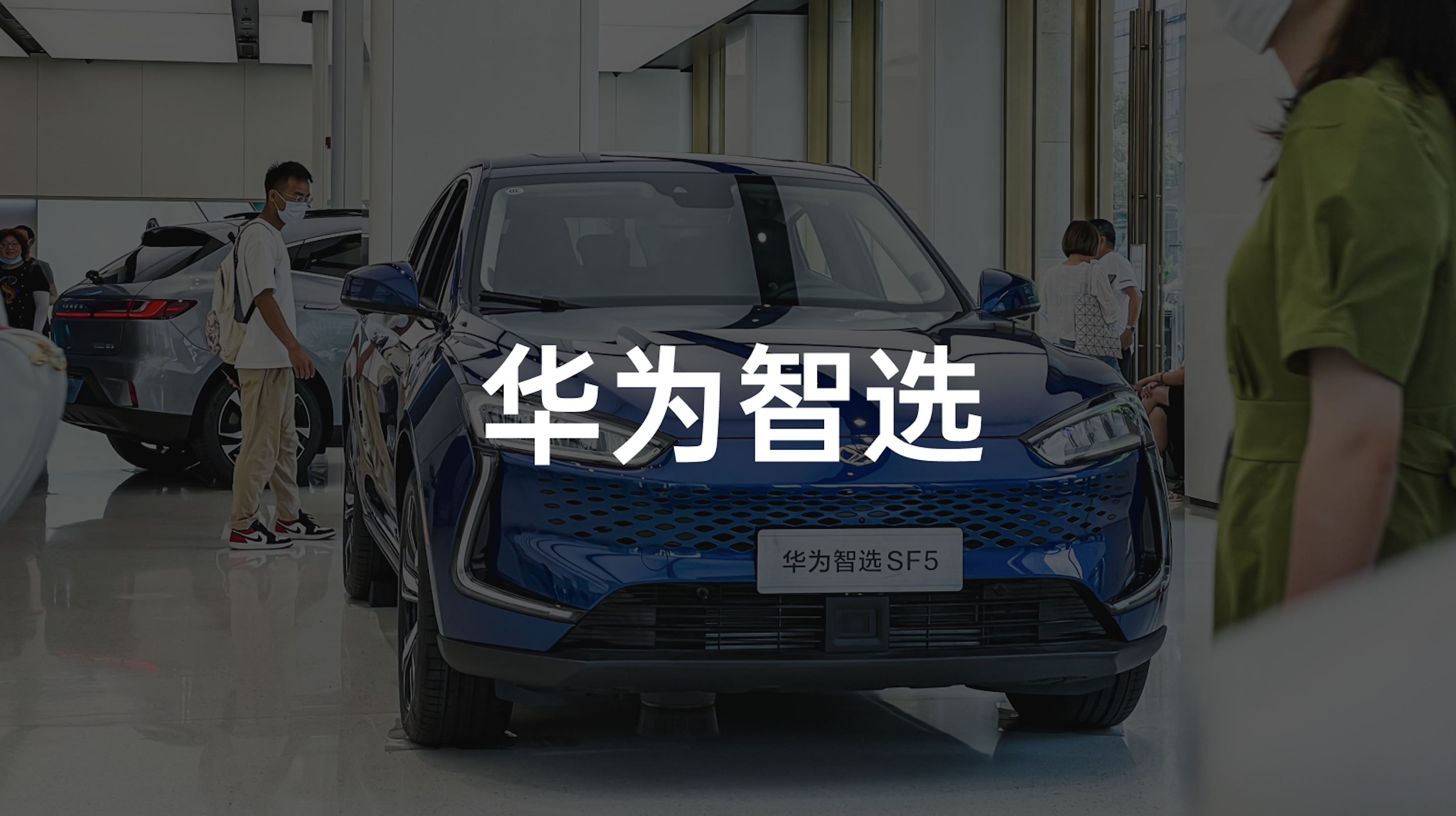On April 20th, “Big Mouth” Yu Chengdong, Huawei’s executive director, Consumer BG CEO, and Intelligent Automotive Solution BU CEO, announced at the Shanghai Auto Show that the Seres brand’s SF5 officially joined Huawei’s flagship store. Seres Huawei Smart Selection SF5 became the first product of “Huawei Selling Cars.”
For me, this is both expected and unexpected.
The expected part is that Huawei has been sanctioned by the US, and its consumer-end business is facing problems. Therefore, Huawei has prepared a contingency plan to expand and try out businesses related to “smart cars.” The unexpected part is that Huawei did not choose to cooperate with the deeper partner, JEEF or other brands.
Just a few days ago, I had the opportunity to experience the Seres Huawei Smart Selection SF5 at Huawei’s global flagship store.
Part of Huawei’s Global Flagship Store
Shanghai Huawei flagship store, located on the bustling Nanjing East Road commercial street in Shanghai, with a business area of nearly 5,000 square meters, is the world’s largest flagship store and officially opened in June last year.
When I went there, it was noon on a working day, and the perceived temperature was about 40 degrees, but it was still noisy inside the store.
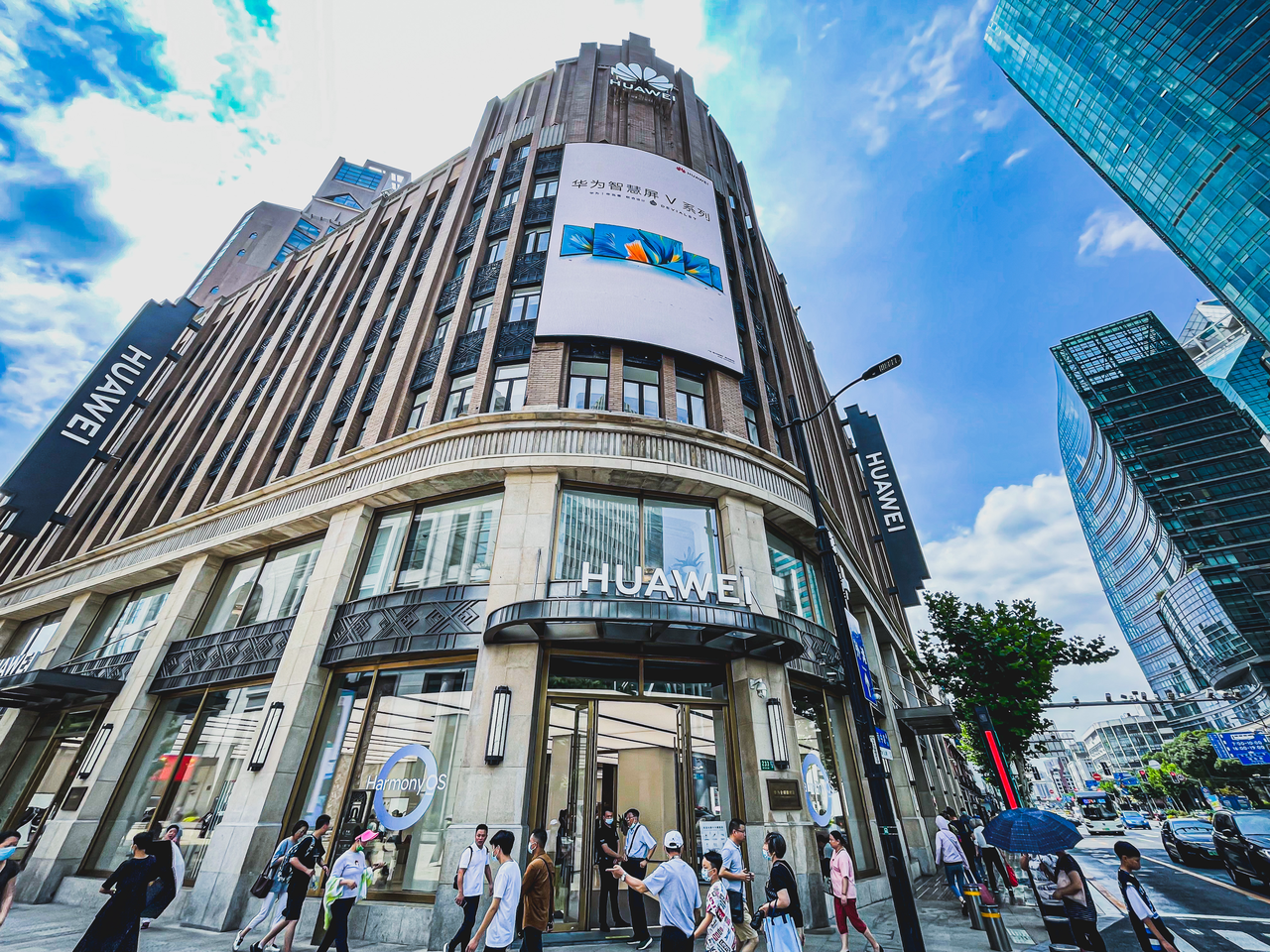
The building of this flagship store was originally built by Ha Tong Real Estate Company in 1935 and is a second-level historical protected building in Shanghai. The building occupies the street corner, and there are “Harmony OS” advertisements on all the windows.
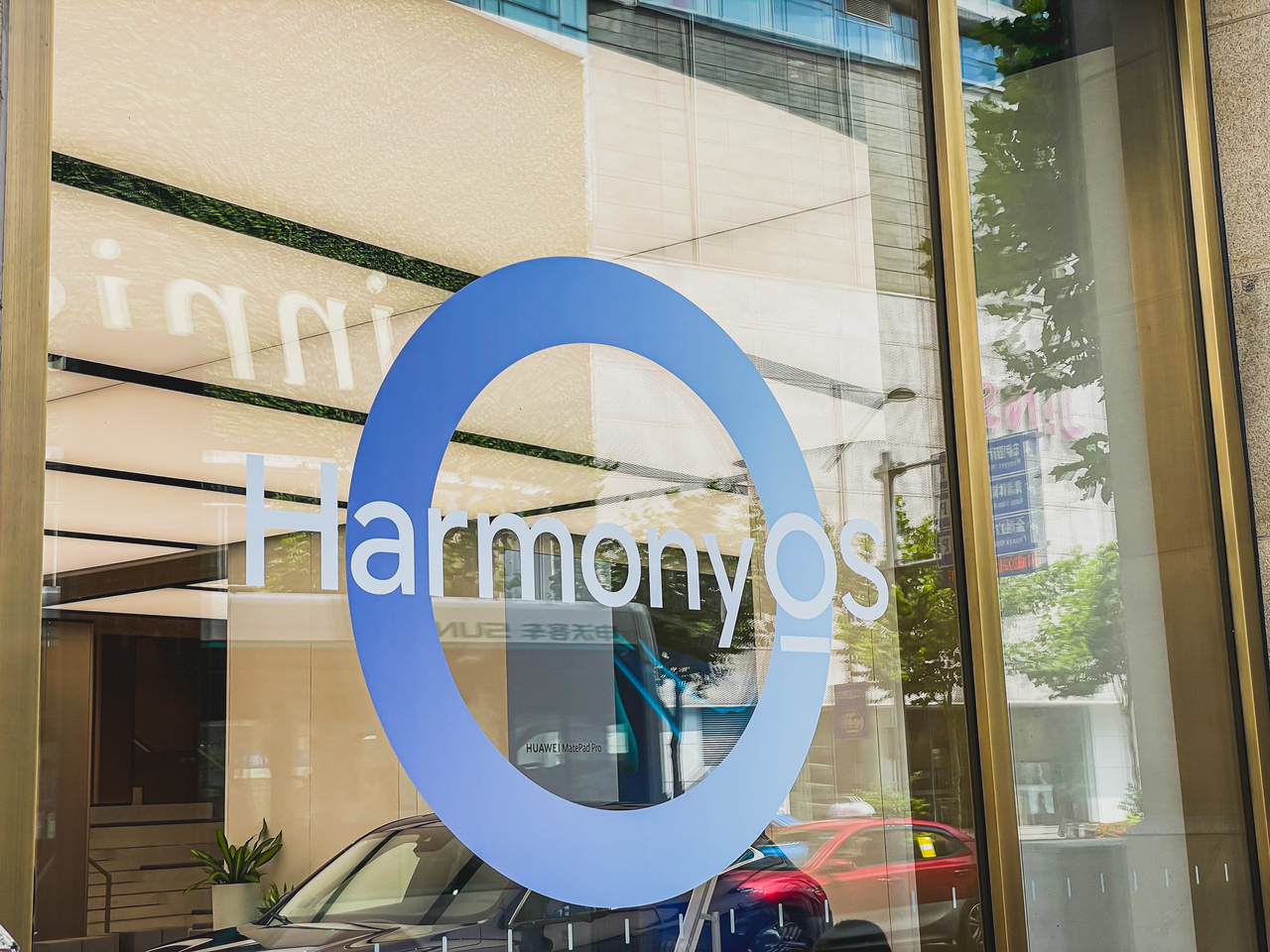
I first turned a few laps in the hall on the first floor. Although there were many customers, each one could easily find a staff member to answer questions and communicate.
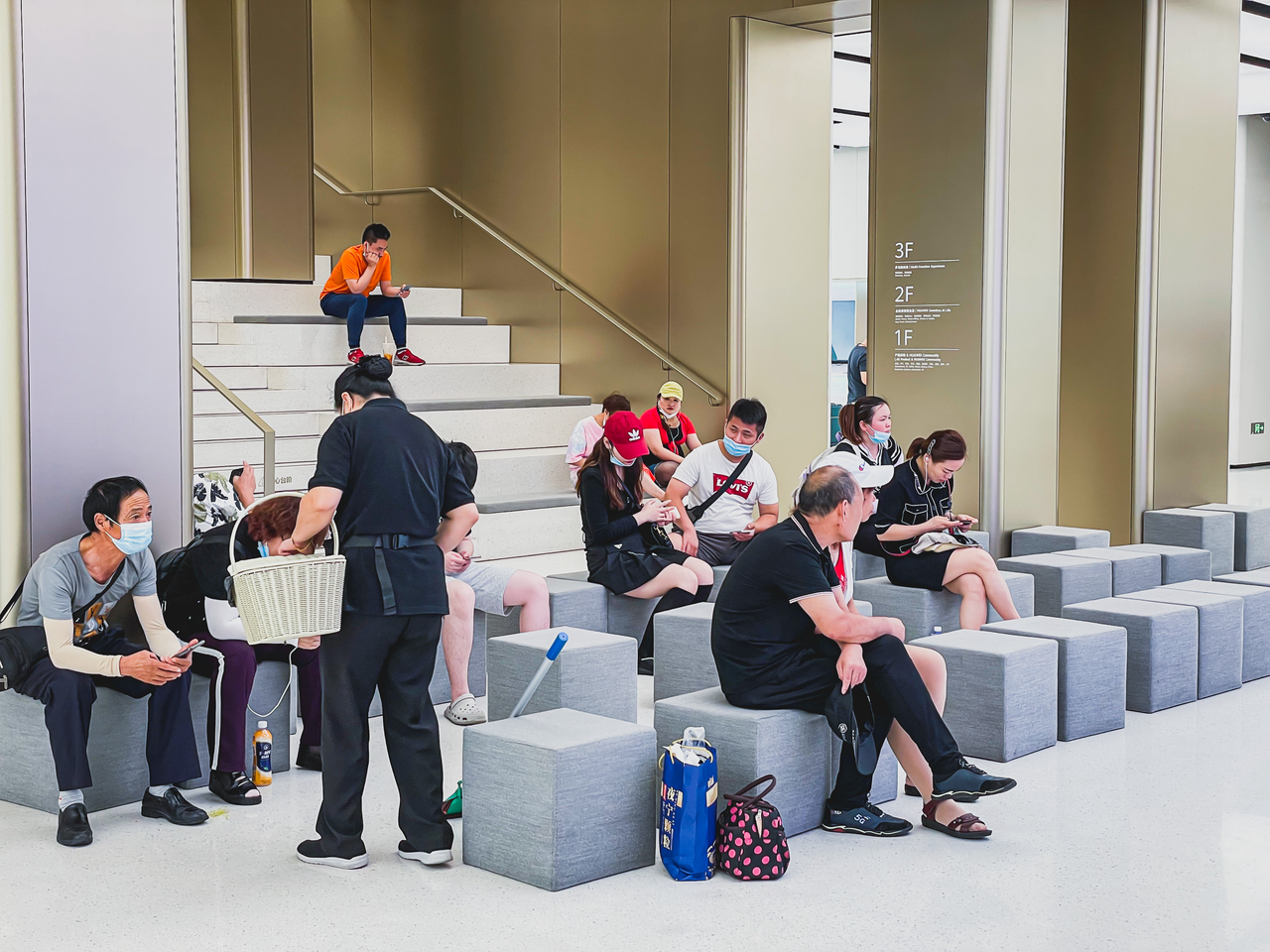
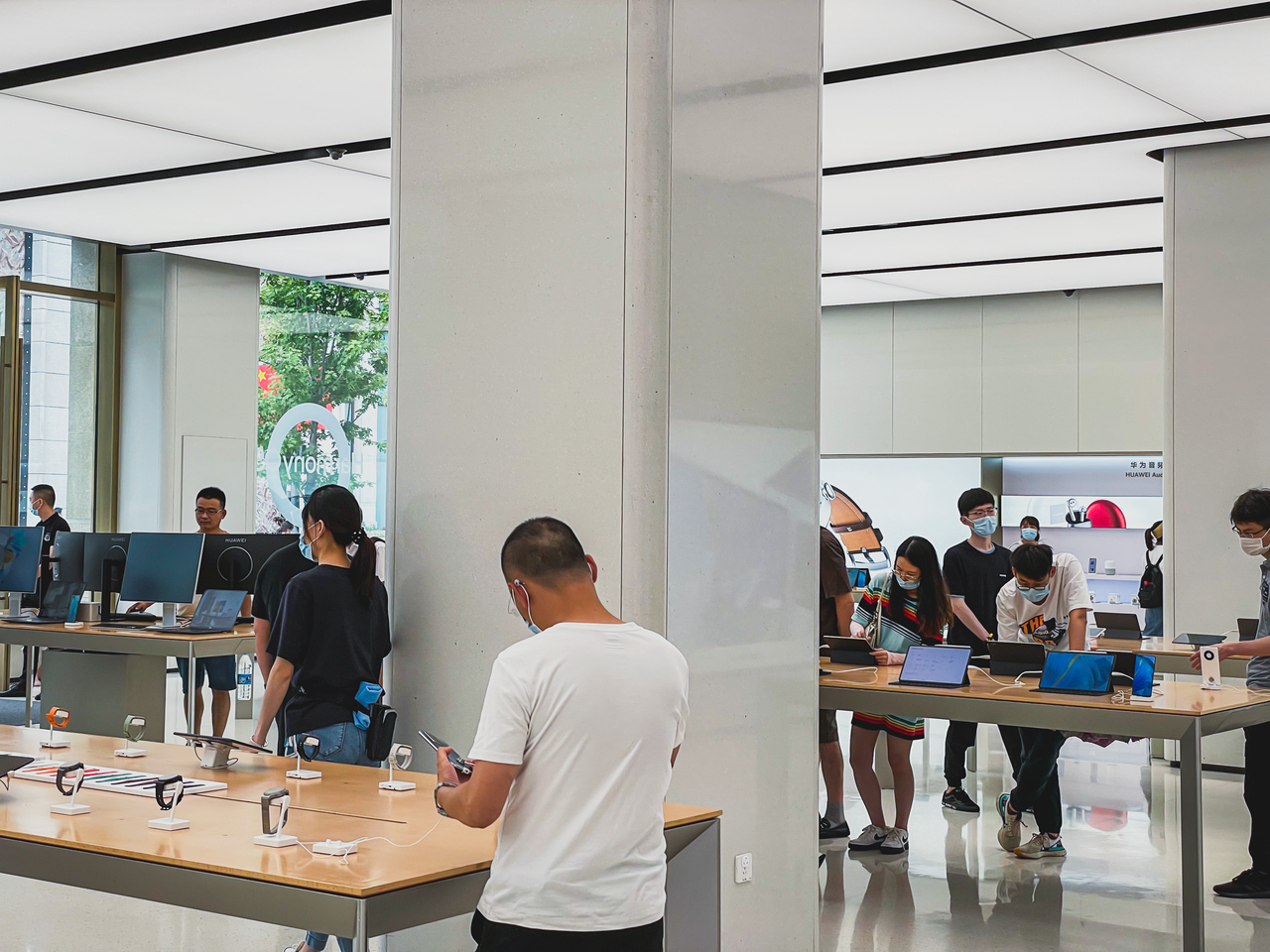
From my brief observation in the store, the user circle of Huawei’s products has a very wide and uniform coverage: all age groups, including students, young people, middle-aged people, and the elderly, are included, and the male-to-female ratio is also close to 1:1.
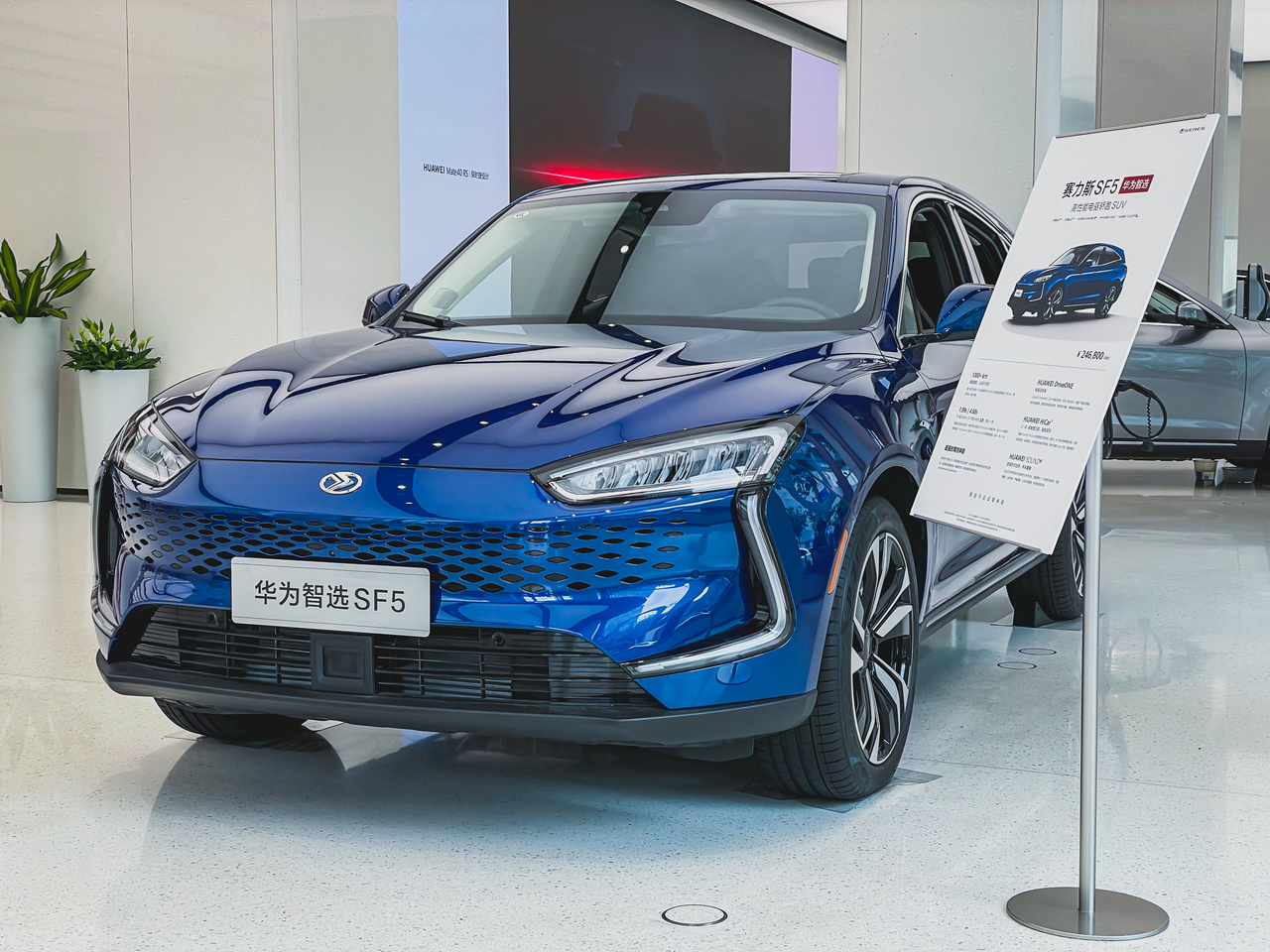
At the most conspicuous position on the right-hand side after entering the store, there are three Seres Huawei Smart Selection SF5s in different colors on display. Huawei HiCar-equipped Roewe iMAX8 and Volvo models were previously displayed there.During my conversation with the Huawei sales representative about vehicle sales, many customers came to inquire about the cars, indicating its high popularity in the Huawei store.
I asked about sales figures first, and the representative informed me that since April, within 10 days of the vehicle being available in the store, 300 orders were already received. In recent months, despite a slight decrease in popularity, the monthly orders still reached around 300, which is considered good. The most commonly used terms during my visit were “1.5T four-cylinder, hybrid, intelligent car, 1,000-kilometer range.” The representative mentioned that this car’s users were mostly middle-aged people, with a male-to-female ratio of approximately 4:1. As many of these users are not quite familiar with the concept of “range extender,” they refer to it as “hybrid” instead, with emphasis on not being the same as “hybrid electric.” The term “hybrid” is particularly suitable for Shanghai’s green license plate policy, which currently only has three options: pure electric, hybrid, and fuel cell (mostly for public buses).
The delivery time after the car is ordered is approximately one month to 40 days, with the least popular color being beige interior. It appears that the Liangjiang factory may not have released sufficient production capacity.
I was also curious about the post-delivery service and how the Huawei employees handled handover with the Seres employees. The representative explained that after the customer orders, the Seres delivery and after-sales staff would join the group chat for handover. Since the sales launch in April, there has been little-to-no feedback on quality issues.
Regarding the HUAWEI HiCar system, OTA updates are needed, and presently, the Seres vehicle system is still being used.
In conclusion, the sales representative was proud to be a Huawei employee and emphasized that selling and introducing the Seres Huawei Smart Selection SF5 was their job, with no commissions attached. Flagship store vehicle sales staff have undergone training and previously worked in other positions, with few new staff recruited for the role.
The Years Seres Left Behind
Many people know about Seres through Huawei, but many still view Seres with a biased perspective. The fact is, Seres invested earlier and more extensively in autonomous driving and three-electric-related technology than most people think.
I remember at the 2019 Shanghai Auto Show, while rushing through the exhibition hall, I caught sight of a brand I had never heard of, which made me quite curious. I stepped onto the booth and got talking with the staff, who informed me that Seres was a “foreign brand imported from the US,” which remains rooted in my mind.
The American Experience
Looking back at Seres’ development history, it is indeed an American company.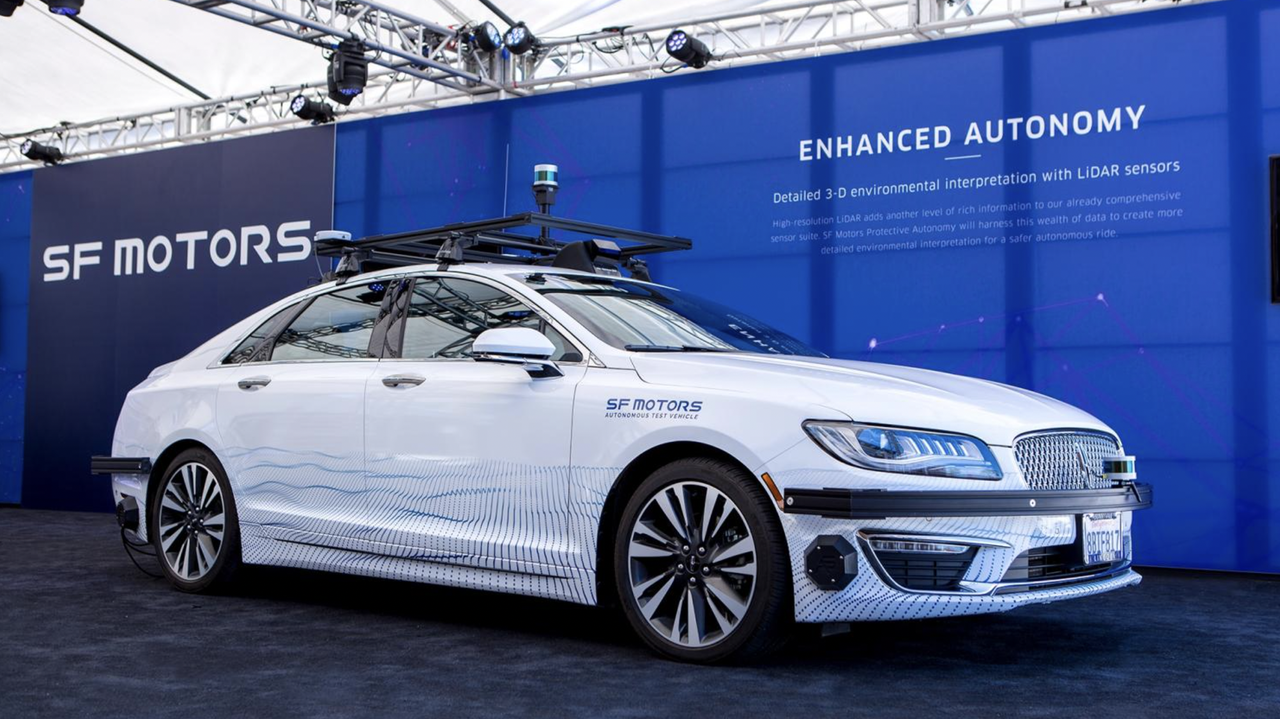
Seres (previously known as SF Motors) was founded in Silicon Valley, USA in early 2016. In the same year, it established a partnership with the University of Michigan to set up a research center for autonomous driving, aimed at testing virtual scenarios for connected and autonomous vehicles, and laying out plans for autonomous driving.
In 2018, SF Motors even obtained a self-driving road test license issued by the California Department of Motor Vehicles (DMV) and conducted tests on highways in California and Michigan. Moreover, the company plans to mass-produce its collaborative autonomous driving technology in 2020.
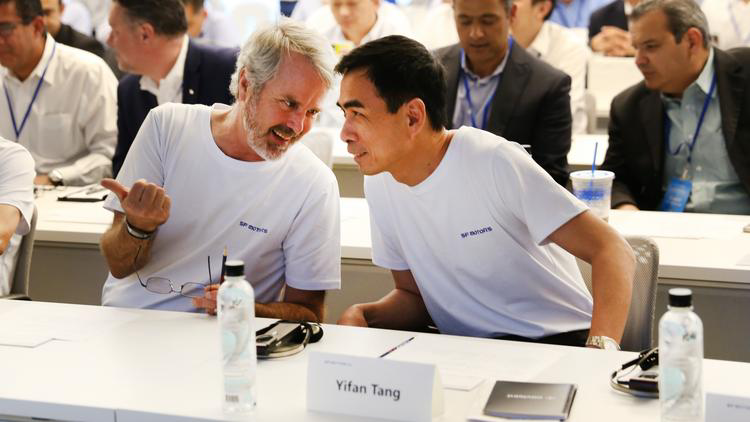
(Martin Eberhard chatting with SF Motors’ CTO at that time, Don Yi Fan)
In September 2016, Tesla co-founder Martin Eberhard became a strategic advisor for SF Motors. Although the company no longer mentions it, Eberhard left the position in July 2018. In October 2017, SF Motors further acquired InEVit, founded by Eberhard, and he was promoted to the positions of Chief Technology Officer and Vice Chairman of the Board of SF Motors. Heiner Fees, co-founder of InEVit and expert in automotive product electromechanical integration, and InEVit CEO Mike Miskovsky also joined SF Motors. SF Motors’ layout in electric motor and battery technology has thus taken shape.

(In August 2015, then Indiana governor Mike Pence visited the just-off-the-assembly-line Mercedes-Benz R-Class at AM General’s Mishawaka, Indiana plant)
In June 2017, SF Motors further laid out production in the United States, acquiring a commercial vehicle factory located in Mishawaka, Indiana, and about 430 employees from AM General, which has experience in manufacturing high-end vehicles such as Mercedes and Hummer H2 SUVs.
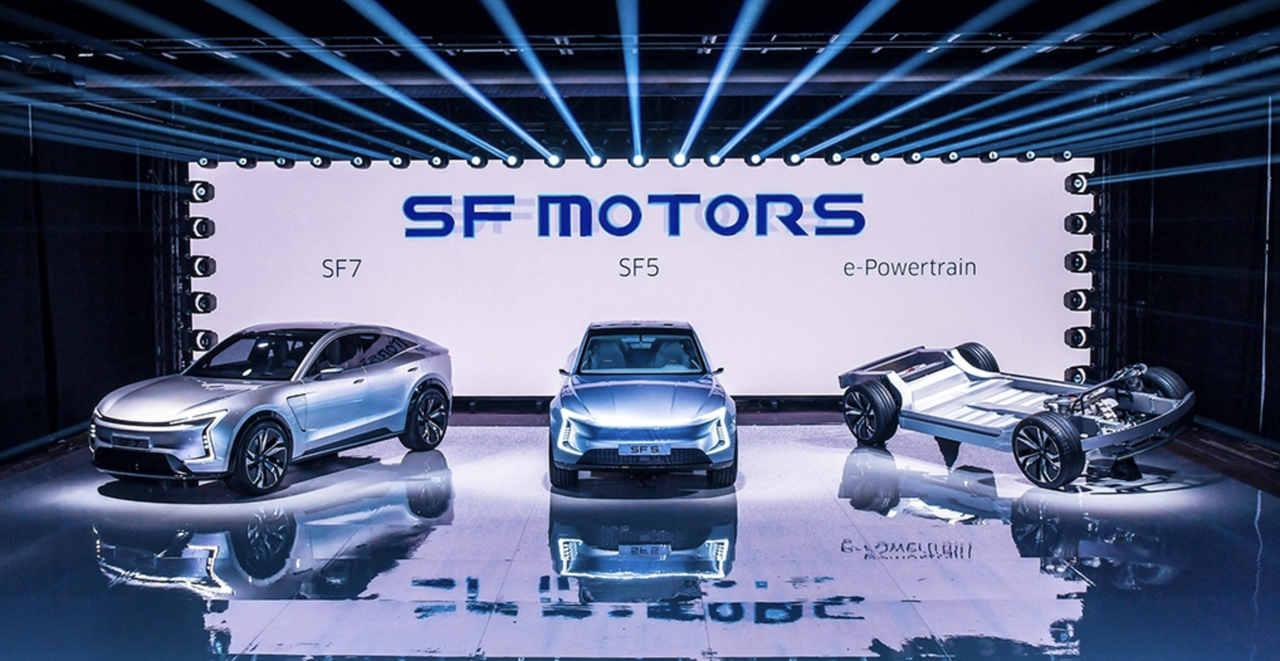 In March 2018, SF Motors launched two pure electric sports SUVs – the compact SF5 and mid-size SF7.
In March 2018, SF Motors launched two pure electric sports SUVs – the compact SF5 and mid-size SF7.
Simultaneously, the company also released its “e-Powertrain” platform, which supports a range of 1 to 4 electric motors, capable of producing up to 1,000 horsepower. The vehicles can accelerate from 0 to 60 miles per hour in under 3 seconds and offer all-wheel drive.
In the battery system department, the new cars are equipped with 21700 cylindrical lithium battery packs with an energy density of 160Wh/kg, ensuring a range of over 500km under NEDC conditions. SF Motors is even developing next-generation solid-state battery technology for higher energy and greater safety.
SF Motors had even made early moves in the autonomous driving field, while fully integrating platform, three-electric, and production. However, in July 2019, amidst political uncertainties, SF Motors terminated production and sales activities in the US market and began laying off workers at its California headquarters, officially returning to China.
As for why SF Motors had initially chosen to manufacture cars in the US – this was due to better charging conditions in the US back in 2015 when the company was first established. Additionally, SF Motors had hoped to acquire and incorporate a group of leading American electric vehicle technology experts and companies to then target the domestic Chinese market.
However, the company’s founder, Zhang Zhengping, is the son of Zhang Xinghai, the chairman of Chongqing Sokon Industry Group, which was one of the pioneers of China’s “micro-van era” with the Dongfeng Sokon brand ranking among the top three in the market.
In 2015, Zhang Xinghai purchased a Tesla Model S, which inspired his son to pursue the idea of “overtaking in curves” and producing high-end electric vehicles through JingJu New energy company.
In January 2017, the National Development and Reform Commission approved the construction of JingJu New Energy’s project to produce 50,000 pure electric passenger vehicles annually, making it the eighth domestic enterprise to obtain an independent qualification for new energy vehicle production.# Sailingstone’s Production in China
Sailingstone has successfully started production in China using Jinke New Energy’s production qualifications. The entity of the vehicle production is manufactured through two systems, which have been developed in accordance with the Industry 4.0 standard by Xiaokang Group at the Liangjiang Intelligent Factory. The factory covers an area of approximately 50,000 square meters, including stamping, welding, coating, final assembly, and battery PACK production workshops, consisting of five complete production processes, which has more than 1,000 smart robots, with a planned annual output of 100,000 cars. In April 2019, Sailingstone’s SF5 started production at the Liangjiang Smart Engineering.
After returning to China, Sailingstone chose the Extended Range Electric Vehicle (EREV) technology route, and the founder of Sailingstone, Zhang Zhengping, said at that time, “Not only can the problem of user mileage anxiety be solved, but also the daily worries of finding piles for charging can be eliminated for users.” So Sailingstone began a breakthrough in Extended Range Electric Vehicle technology and achieved technological development in the field of electrical control with IGBT and silicon carbide inverters.
Sailingstone first absorbed American technology to layout the fields of autonomous driving and three-electric systems, and even proposed to build its battery production workshop to supply other car companies, while possessing the new energy production qualifications eagerly awaited by other new forces in China, and dared to try EREV technology first.
Is this the Sailingstone you know? I think the technology route and strategy laid down by Sailingstone in the early stages of development are not really a problem, but in recent years, Sailingstone’s voice has gradually diminished and has been overshadowed by the marketing efforts of other new forces.
Huawei’s Choice
When it comes to cooperation with Huawei, we need to go back to 2019. At that time, Sailingstone and Huawei had begun to work together to create the “Huawei Smart Extended Range System.”
We mentioned just now that in March 2018, Sailingstone and new car makers jointly announced a platform that could carry up to four motors and showcased three motors with different power levels:
- SEP100 system (single motor) with an output power of 120-200 kW;
- SEP200 system (single motor) with an output power of 230-270 kW;
- SEP400 system (two motors) with a maximum power of 400 kW.
The Sailingstone Huawei Select SF5 uses the SEP200 alternating asynchronous motor which has an output power of up to 255 kW and a torque of 520 N-m. In the four-wheel drive model, the rear axle uses the “HW150 permanent magnet motor” from Huawei, with an output power of 150 kW and a torque of 300 N-m. The peak power of the dual-motor system is 405 kW and the torque is 820 N-m, and the acceleration from zero to one hundred can be achieved in 4.68 seconds.Compared to AC asynchronous motors, permanent magnet synchronous motors have better energy performance. Therefore, while ensuring the acceleration performance of the SERES Huawei SF5, the cruising range exceeded 1,000 kilometers.
However, this collaboration is not simply “I hand over the motor, and you install it.” The SERES and Huawei teams conducted more than 7,000 tests on the product before changing the rear drive of the SERES Huawei SF5 to the “HW150 permanent magnet motor” of the HUAWEI DriveONE three-in-one electric drive system, and verified its vehicle performance and reliability.
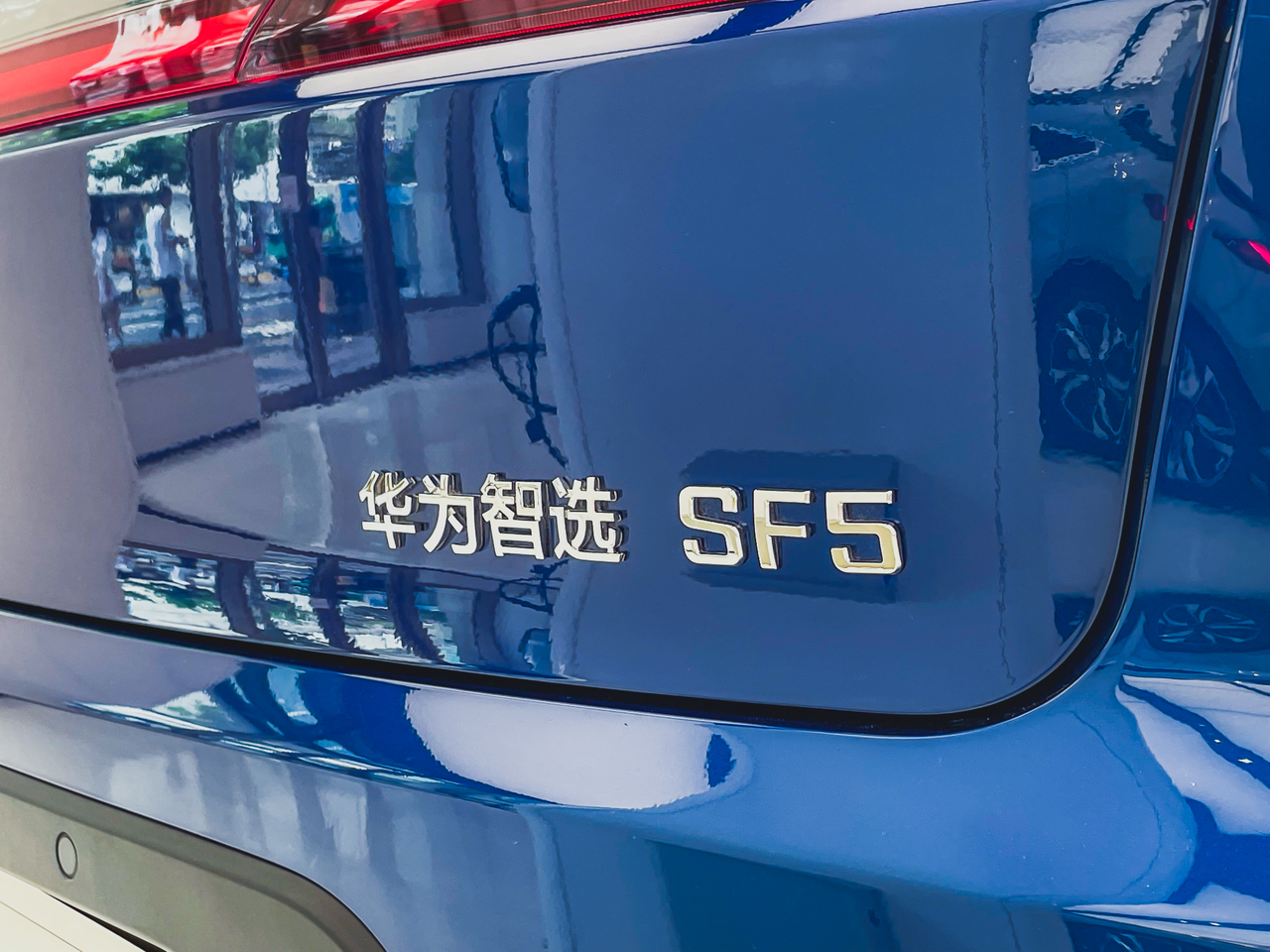
Just after the 2021 Spring Festival in February, Yudazu came to Chongqing to meet with Zhang Xinghai. The meeting progressed smoothly, and they planned to announce the entry of the Huawei Smart SF5 into Huawei’s offline channels at the Shanghai Auto Show in April of this year.
Zhou Lin, CTO of SERES, said, “Huawei chose SERES first because the extended-range route is more universal and has more advantages than pure electric. More importantly, the extended-range system retains the performance and experience of electric cars while avoiding the range anxiety of electric cars. It can also be used in extremely cold areas, making it suitable for broader promotion.”
SERES and Huawei’s cooperation is not limited to the power system, but also includes the interior and audio parts.
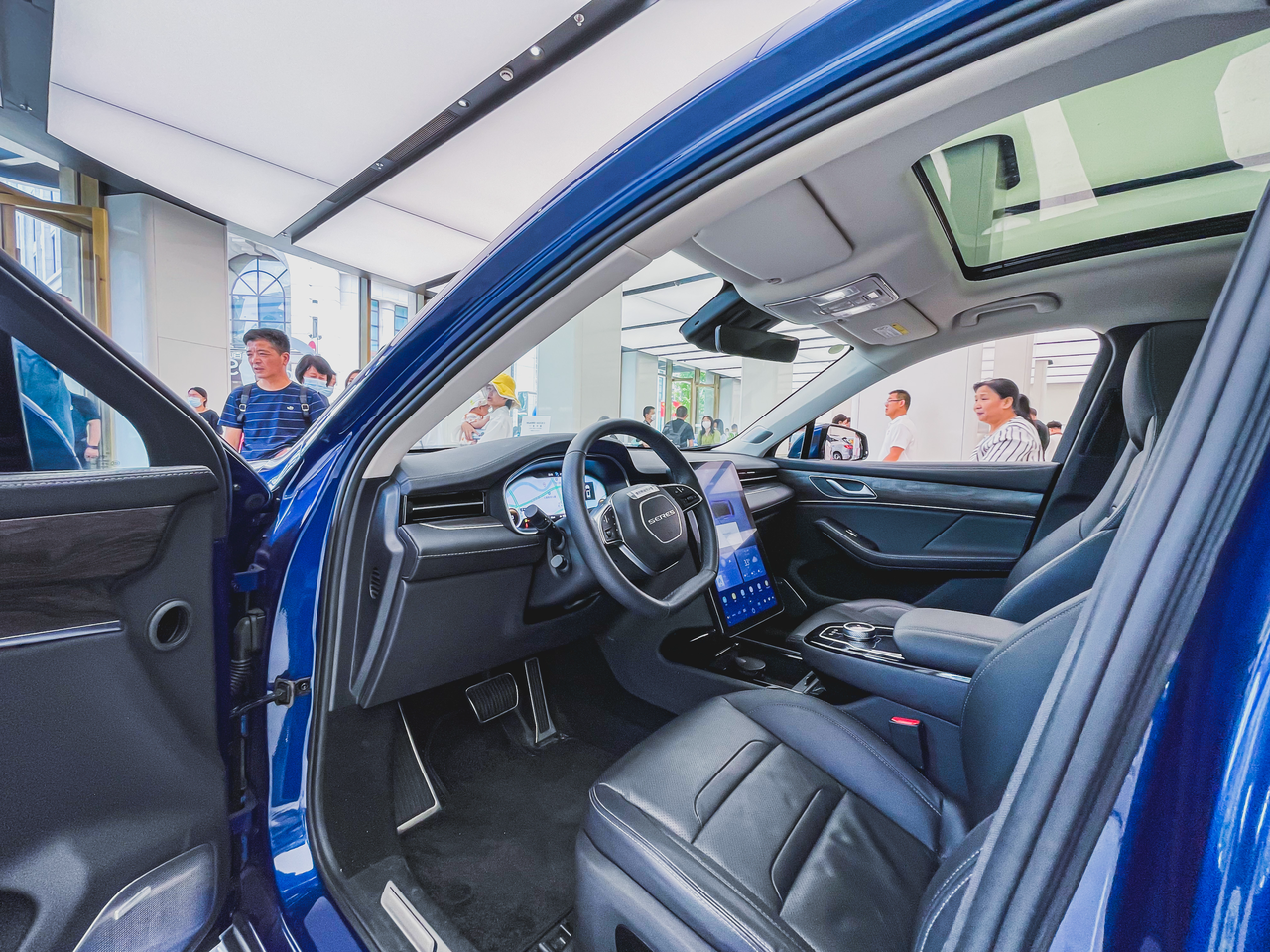
On the interior panel of the vehicle, the texture of the wood grain panel has been highlighted.
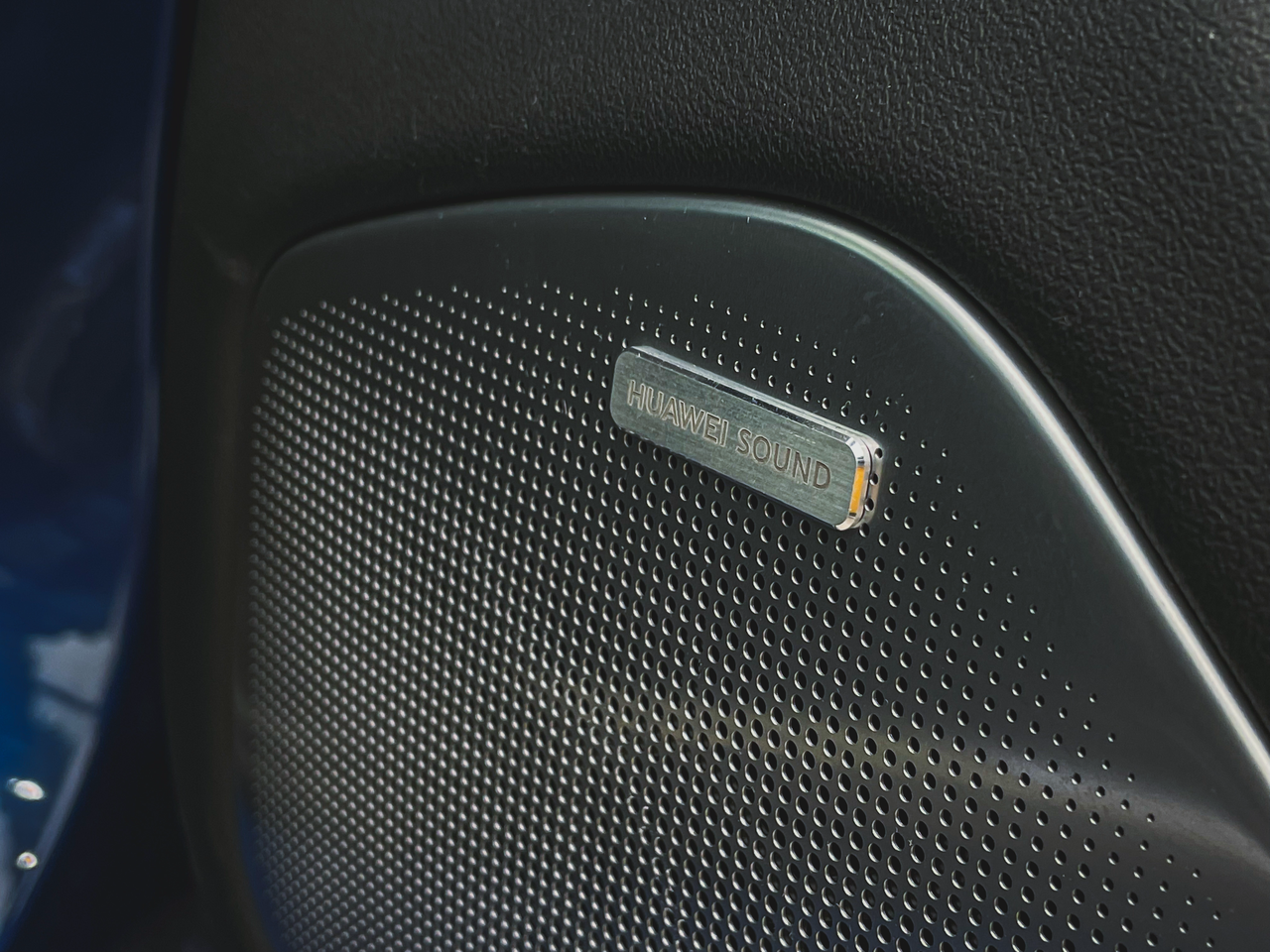
It also features the “HUAWEI SOUND” surround sound system for the whole vehicle. Initially, I was very curious. Huawei’s business actually covers audio units? In fact, this stereo surround sound system, composed of 11 audio units, was provided by AAC Technologies and adjusted by the HUAWEI SOUND technical team to produce clear sound quality. As for myself, I’m a “wood ear,” so I can only describe it as “low bass and crisp treble.”
Finally
Combining Huawei’s current situation with SERES’ history, what I thought was “unexpected” at the beginning unexpectedly became “logical.”
Currently, Huawei has 12 flagship stores nationwide and another five under construction. Yudazu said in October last year that Huawei’s authorized experience stores have exceeded 10,000.
Huawei’s strong offline channel urgently needs to be transformed when its smartphone business is obstructed, otherwise, it will become a significant burden.# While offline channels and brand influence are exactly the weak points of Siles, its business model follows a traditional dealership mode, including self-owned brand stores while cooperating with Huawei. Such cooperation not only releases sales, enhances brand exposure and customer perception, but also enables Siles to gain valuable experience in the “new retail” industry.
It’s a win-win situation, isn’t it?
This article is a translation by ChatGPT of a Chinese report from 42HOW. If you have any questions about it, please email bd@42how.com.
